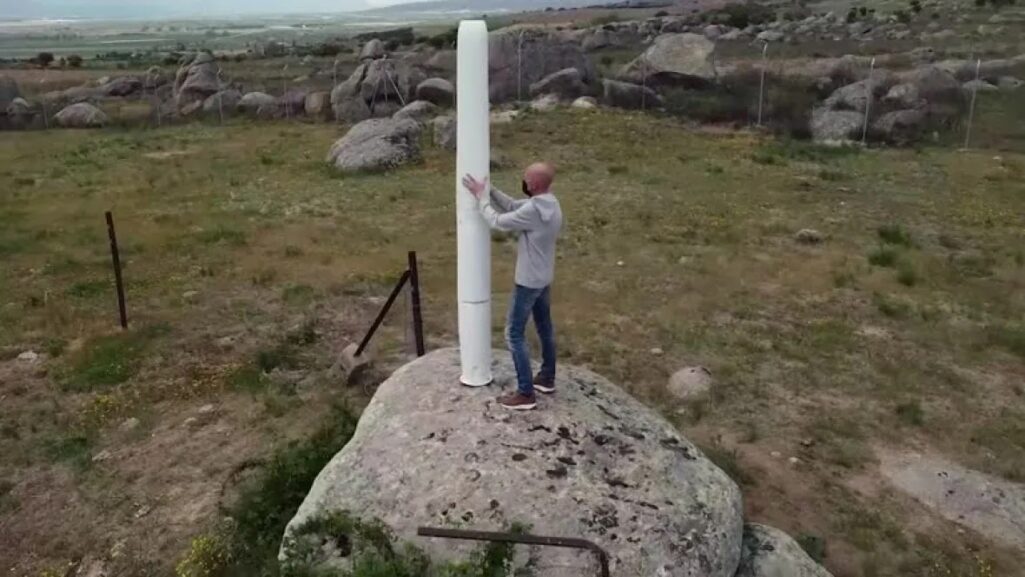
David Yanez, the co-founder of the startup Vortex Bladeless, invented the bladeless wind turbine, a slender vertical and simple piece of machinery that oscillates to collect wind kinetic energy rather than rotating or spinning.
He claims that it converts that energy into electricity at roughly 30% of the cost of traditional wind energy sources.
“What we want to do is attempt to discover a niche that traditional wind power does not sufficiently fill,” Yanez explained as he stood next to an oscillating 2.75-meter bladeless prototype set up in the countryside outside Avila, Spain, where Vortex Bladeless is based.
“The niche… we perceive might be [the] little wind sector, since the lack of maintenance, dependency on oil, and low cost might be the components that make this notion a good instrument for distributing energy, creating energy at the point of consumption.”
Yanez was an engineering student in 2012 when he saw a video of the Tacoma Narrows bridge collapse in Washington state in 1940. He was inspired to create his invention after witnessing the ill-fated bridge oscillate in a storm.
Vortex Bladeless was created in 2015, and Yanez and his team have been working to develop the bladeless turbine in the hopes of commercializing it.
Their original design has since evolved, and they are currently working on prototypes that measure 2.75 meters and 85 centimeters and are intended for use in urban areas.
It makes no noise

Vortex Bladeless wind turbines can be used alone or in tandem with solar panels.
Solar panels could provide energy during the day and when there isn’t much wind. According to Yanez, when the wind comes up in the evening, the bladeless wind turbine might come in to offer electricity around the clock.
“The urban environment looks to match nicely with this concept for all those urban regions that do not have as much solar resource as Spain and the rest of the Mediterranean area,” Yanez added.
In addition, it produces no noise and requires little maintenance compared to traditional wind turbines, he claims.
According to CEO Rodrigo Ruperz, the company’s current prototypes can also be helpful in more remote environments.
“We feel there is a niche market that has yet to be created,” Ruperz said at Salamanca University, where a modest 85-cm prototype is mounted on the top of one of the buildings.
Humidity and salt will not rust it
Yanez hopes that his invention will be used in the offshore wind industry in the long run.
“This technology may have an advantage because it does not contain elements that can be rusted by humidity or salt, and perhaps this space is best suited for it,” he said.
Vortex Bladeless currently has five patent families worldwide, and Yanez estimates that they could commercialize their prototypes in 12 to 18 months with the right investor.
Previous bladeless wind turbine designs include Delft University’s Electrostatic Wind Energy Converter and the French firm New World Wind’s Aeoleaf “wind tree.”
No comments:
Post a Comment